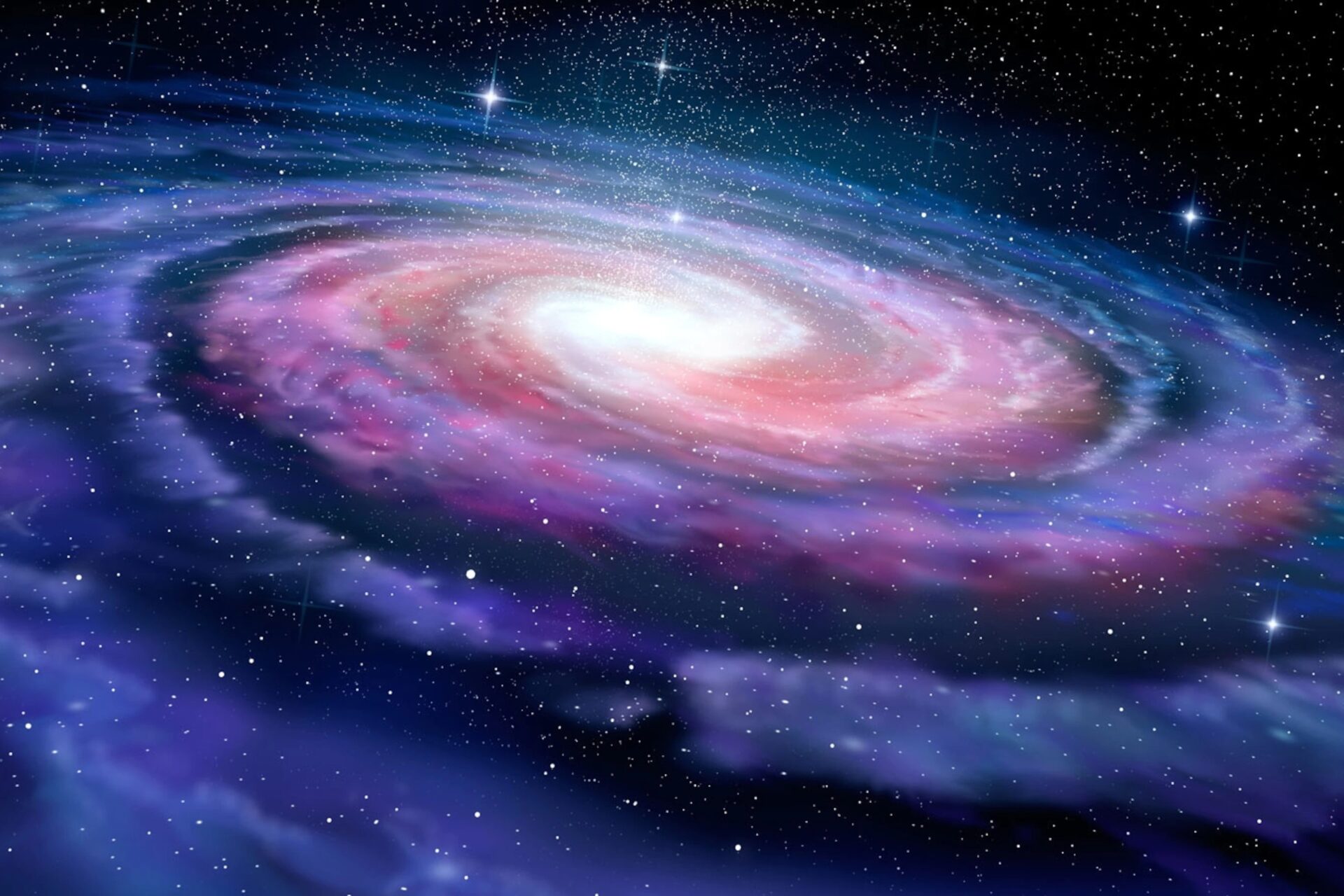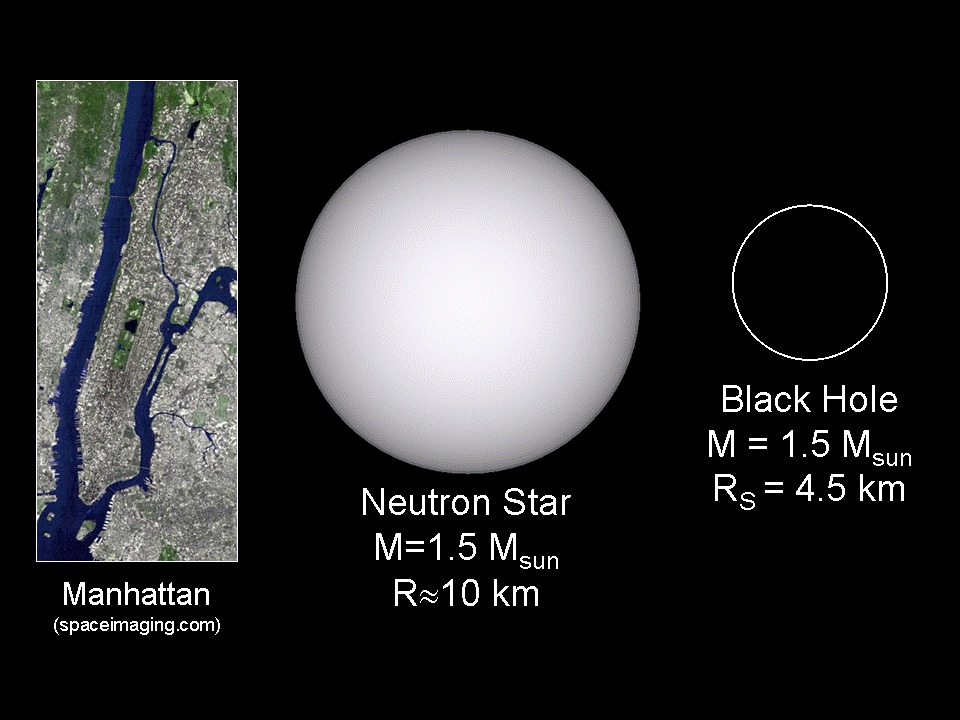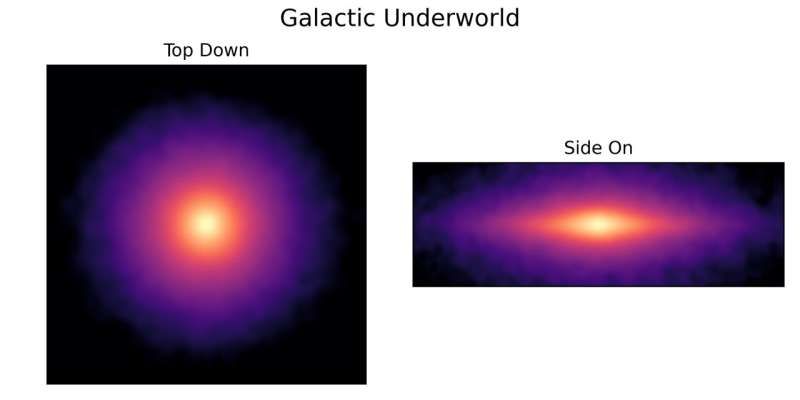Everything in the universe has its beginning and end. Something has a long and long life for billions of years, and some objects have existed for only a few million years. The brightest stars have the shortest life in the universe. They burn all their hydrogen for several million years and then explode as very brilliant supernovae. The remnants of their nuclei then collapse into either a neutron star or a black hole, depending on their mass. So, these small and very long-term objects litter our galaxy, turning it into a cosmic graveyard.

Neutron stars and black holes are difficult to detect. Neutron stars, for example, have a diameter of about 15 kilometers, so they can only be seen by radiation from their poles, such stars we call pulsars. Black holes after supernovae are even smaller and do not emit their light at all. But they can also be seen when they absorb the matter of a companion star or due to the effect of microlensing.

Scientists have recently studied the distribution of stars in our Milky Way galaxy and modeled the location of dead stars and black holes. Since these “star cemeteries” are usually older than the current stars in the galaxy, they had more time to move to new orbital paths.
It turned out that the stellar remains create a kind of blurring effect in their positions. But the team identified another aspect of their distribution that was quite unexpected. About a third of these dead stars and black holes are ejected from the galaxy. Simulations have shown that a third of the stars, when approaching more massive objects, experienced sufficient gravitational acceleration to escape from the Milky Way. It’s like “ghosts leave the cemetery”.

This means that over time, the Milky Way will “evaporate” or lose its mass, which is unexpected for researchers. Small clusters of stars, such as globular clusters, can indeed evaporate over time, but the Milky Way is much more massive, so it was thought that it was not capable of reducing its mass.
According to Science Alert
Follow us on Twitter to get the most interesting space news in time
https://twitter.com/ust_magazine
